
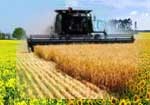



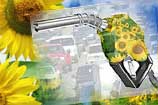

2. Pellets 8mm
3. 6-8 mm DIN+ Quality Pellets
4. We manufacture and sell fuel pellets from straw to European countries
5. Sell wood pellets
6. Wood pellet manufacturing
7. Sunflower Husk Pellets
8. Din Plus Wood Pellets
9. Export of sunflower husk pellets to the European market
10. Export of sunflower husk pellets to the European market
Chemical properties of charcoal
Thu-26-2015Charcoal’s chemical characteristics
Charcoal is mostly pure carbon, made by cooking wood with low oxygen. The process can take days and burns off volatile compounds such as water, methane, hydrogen, and tar, and leaves about 25% of black lumps and powder of the original weight. The quality of charcoal is defined by various chemical characteristics, although properties are interrelated, but they are measured and appraised separately. Most of the specifications that control charcoal quality have originated in the steel or chemical industry.
Regarding quality of charcoal, better chemical properties of charcoal are reached with higher levels of fixed carbon and lower levels of ash and volatiles. It is associated with high levels of lignin and low levels of holocelluloses and extractives in wood.

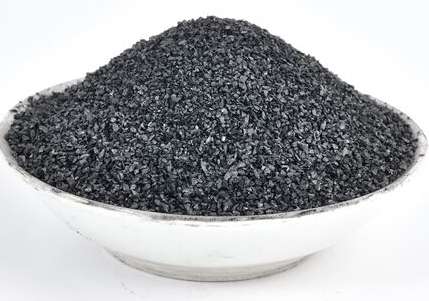
Charcoal’s chemical properties define its quality
The moisture content together with the ash content are very important charcoal’s chemical properties that define its quality. Moisture lowers the calorific or heating value of charcoal. Thus, charcoal fresh from the kiln contains usually less than 1% of moisture, but the moisture content could reach 5-10%, as absorption of moisture from the humidity of the air itself is rapid. Moreover, when the hygroscopitity of charcoal is increased, the moisture content of charcoal can rise to 15% or even more. High quality charcoal has the moisture content of around 5-15% of the gross weight of charcoal. The charcoal’s ash content varies from 0.5% to more than 5% depending on raw materials. Good quality charcoal typically has the ash content of around 3%, but if material less than 4 mm is screened out the plus 4 mm residue may have the ash content of about 5-10%.
The volatile matter other than water in charcoal includes liquid and tarry residues that were not fully eliminated in the process of carbonization. When the carbonization temperature is high and the process is prolonged, the content of volatiles is low. If the carbonization is at low temperatures and the process is short, the volatile matter content increases. The fixed carbon content of charcoal ranges from a low of about 50% to a high or around 95%. It is the most important constituent in metallurgy as the fixed carbon content is responsible for reducing the iron oxides of the iron ore to produce metal. Thus at low temperatures (300°C) the charcoal yield is nearly 50% and the content of volatiles is high, at carbonization temperatures of 500-600°C volatiles are lower and retort yields is 30%, at temperatures of around 1000°C the volatile content is almost zero and yields is around 25%. In general, the volatile matter in charcoal can vary from a high of 40% or more down to 5% or less.
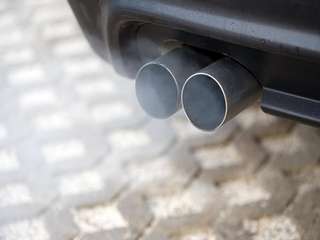
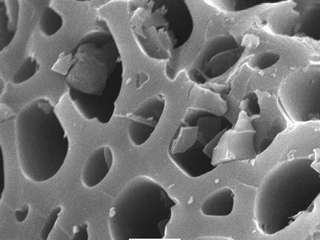
Other important chemical properties of charcoal
It should be noted that charcoal in a free supply of oxygen forms carbon dioxide (CO 2). The environmental effects of carbon dioxide are of significant interest. Atmospheric carbon dioxide is the primary source of carbon in life on Earth and it plays an important role in photosynthesis. It is also a major source of ocean acidification since it dissolves in water to form carbonic acid etc. When combustion of carbon is incomplete, there is a limited supply of air and only half as much oxygen adds to carbon, it is formed carbon monoxide (CO). It is toxic to people, it is also produced in animal metabolism. In the atmosphere it has a role in the formation of ground-level ozone.
Charcoal combines with sulphur vapour to form carbon disulphide, which is manufactured at temperatures of 750°– 1 000° C. It is a toxic, highly volatile and flammable liquid chemical compound, large amounts of which are used in the manufacture of viscose rayon, cellophane, and carbon tetrachloride. A mixture of charcoal and hydrogen produces methane, which is important for electrical generation by burning it as a fuel in a gas turbine or steam generator. Methane in the form of compressed natural gas is used as a vehicle fuel and is more environmentally friendly than petrol or diesel.
So, charcoal has a relatively low moisture content of around 5 to 15%. The volatile matter and the ash content are linked to the amount of fixed carbon and depends strongly on the carbonization temperature varying from 300 ° C to 1000 ° C. Low carbonization temperatures give a higher yield of charcoal but this charcoal is low grade, is corrosive due to its content of acidic tars. High quality charcoal should have the fixed carbon content of about 75% and the final carbonization temperature of around 400-500°C.
Source: http://ukrfuel.com/news-chemical-properties-of-charcoal-23.html
Any copying and distributing withoutactive hyperlink is strictly prohibited!
Views: 6900
 Stobart biomass division is to make a deal
Stobart biomass division is to make a deal
Biomass Related News
- Many biomass manufacturing residuals is carbon neutral
- Stobart biomass division is to make a deal
- Burning wood biomass: an opportunity or a problem?
- Ikea starts selling solar panels through new ‘Solar Shops’
- USDA's program of growing and harvesting biomass for energy
- Refining Biomass in the Slovak Republic
- How to make coconut shell charcoal
- Mason-based Agro BioFuels and BioEnergy Inc. will employ 25 to 30 people and drive another 75 to 100 jobs
- How to make wood charcoal
- Chemical properties of charcoal
|
© Ukrainian Biofuel Suppliers 2008-2024 |
